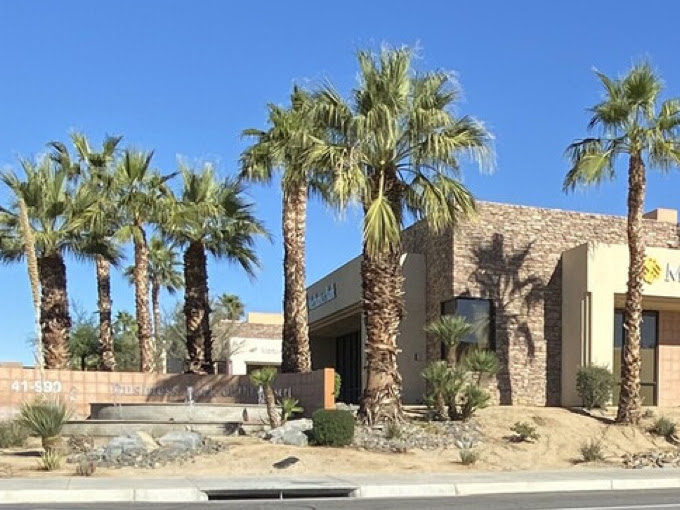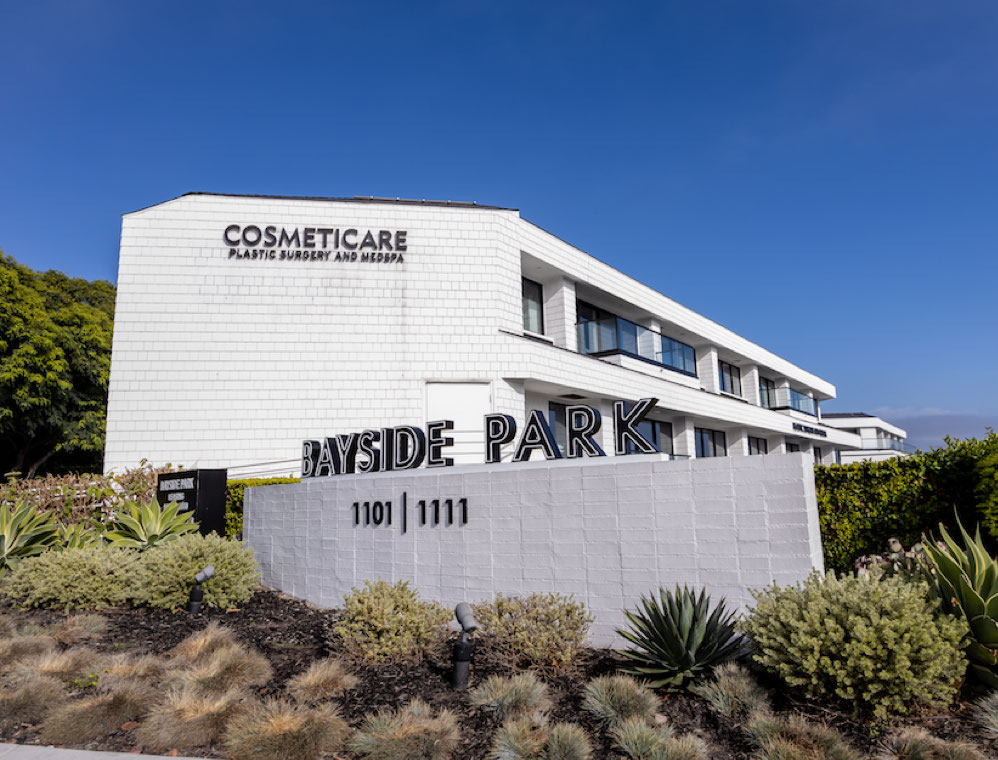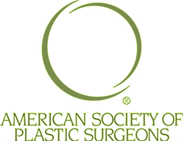 Nasal polyps can occur in many sizes and colors. They range between pink and brownish-yellow in color.
Nasal polyps can occur in many sizes and colors. They range between pink and brownish-yellow in color.
Initially, nasal polyps appear as teardrops and slowly become larger to look like grapes on a stem. They can develop in one or both nostrils and grow alone or in clusters.
Large polyps or polyp clusters can lead to breathing problems and affect the sense of smell. Furthermore, polyps can block the sinuses and lead to recurrent infections. The doctor will evaluate the patient’s nasal polyps and recommend a suitable treatment on the basis of their assessment.
Board certified plastic surgeon Dr. Suzanne Quardt (Dr. Q) provides rhinoplasty to patients in Palm Springs, Palm Desert, Rancho Mirage, and surrounding locations.
Who may Develop Nasal Polyps?
Around 4 to 40 percent of the population has nasal polyps, and they are nearly two to four times more commonly found in males than in females. Nasal Polyps typically develop in people in their youth or middle age.
Polyps tend to develop more often in people with recurring sinus infections, allergies, and asthma. Children with cystic fibrosis are also more susceptible to polyp development.
Diagnosis
A skilled and experienced surgeon can detect polyps merely by asking the patient questions on their symptoms and examining their nose. The surgeon will use a lighted instrument to enable them to view the nasal polyps inside the nose.
In addition, the surgeon may order the following tests to confirm the diagnosis:
- Nasal Endoscopy
- CT Scan
- Skin prick allergy test
- Cystic fibrosis test
Treatment
Steroid Nose Drops or Spray
To treat nasal polyps, the surgeon may prescribe a steroid spray or nasal drops to the patient. This is a standard treatment for patients who have a single polyp or a cluster of small polyps. The treatment side effects may include:
- Nosebleeds
- Headache
- Sore throat
Steroid Pills
Patients with more substantial polyps or severe swelling may require steroid pills. The doctor may prescribe these steroids by themselves or in combination with a nasal spray.
While steroids can effectively reduce the size of nasal polyps, they can cause complications such as weight gain. The surgeon will prescribe these pills only for a few weeks and not longer.
Other Drugs
Doctors also sometimes prescribe other medications to treat an underlying condition that may be aggravating the inflammation. For example, they may prescribe antifungal meds to treat fungal allergies, antihistamines to treat allergic reactions, and antibiotics to treat bacterial issues.
Polypectomy
The doctor may recommend a surgical procedure to treat the polyps if they are quite large or the patient is unresponsive to other treatments. Polypectomy is a standard procedure to remove polyps and is undertaken with the patient under general or local anesthesia.
The surgeon inserts a long, thin pipe with an attached camera within the patient’s nose to view the sinuses and polyps. Cosmetic surgeon Dr. Suzanne Quardt receives patients from Palm Springs, Palm Desert, Rancho Mirage, and nearby areas for rhinoplasty.
To learn more about the plastic surgery treatments and procedures performed by Dr. Suzanne Quardt (Dr. Q) please contact us at 760-324-2660. To learn more about Dr. Q’s Medical Spa please visit drqmedicalspa.com
Dr. Q Medical Spa receives patients from Palm Springs, Palm Desert, Rancho Mirage, and other suburbs and towns in this part of California.









Schedule a Consultation: (760) 537.4579